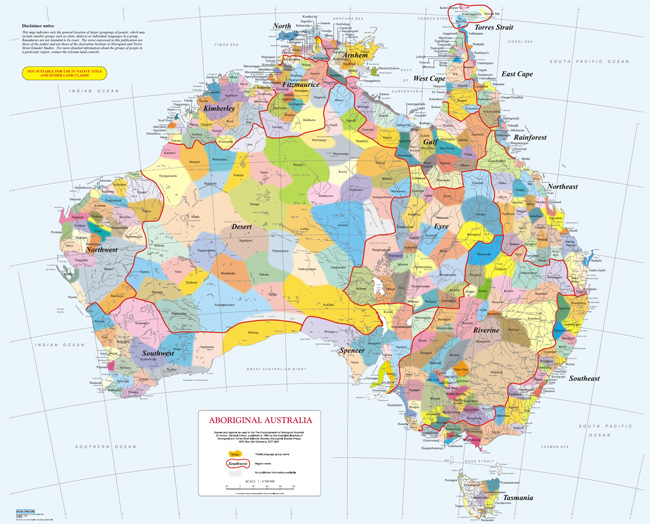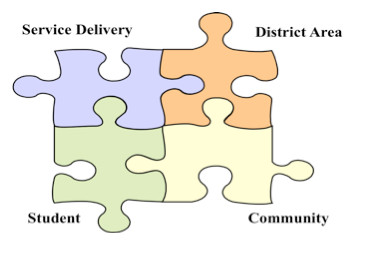Information
This Kinship module is an introduction to Aboriginal Kinship, roles and reciprocal responsibilities. Participants will be taken through a Kinship system replicating the components of moiety, totem, Skin Names, language and traditional affiliations, and individual identity.
The focus material for this presentation is an interactive face-to-face workshop developed by Lynette Riley in 1987 introducing Aboriginal Kinship, roles and reciprocal responsibilities, and incorporates narratives for learning. The teaching incorporates role-play and videos and explores relationships through Moiety, Totem, Skin Names, language and traditional affiliations. It shows how these elements form individual identities and relationships with others, thus enabling students to understand the complexity and sophistication of Aboriginal kinship ties and to understand how different cultural priorities may lead to conflict.
By the end of the workshop participants will have:
•Experienced part of the complexity and sophistication of Aboriginal Kinship and how it was advantageous to people living with the environment.
•Gained insight into the social structure of Aboriginal society.
•Identified differing levels of relationship and the different responsibilities these incorporate.
•Identified how the reciprocal-bonds of relationship works.
•Identified how this social structure and world view differs from a western world view.
•Reviewed in brief how culture impacts on thinking and behaviour and the place cultural self-assessment has in understanding that impact.
•Be aware of where there may be conflict within their professional practise with people from this culture.
Aboriginal people lived across Australia, traded and were affiliated with one another through very strict Laws of relationship and obligations. The kinship system provided a way of relating across the country and for sharing knowledge about the environment its care across different clans and language groups.
This workshop only gives an overview of the general concepts and how these varied across nations. Aboriginal Australians were multi-cultural long before the white man came. There were over 500 different nations across Australia with different languages, social structures and modes of behaviour, but with many common denominators. Specifically Kinship and religious ties were central to social structures.
Participants will begin to see why Aboriginal people face particular problems when interacting with the Australian legal system. In future, more community stories will give examples of similar conflict within the education and social policy areas. Importantly these stories explain the ongoing conflict between Aboriginal and non-Aboriginal cultures in Australia and assist the learner understand contemporary Aboriginal relationships and their importance in today's social structures.
Also see the list of themes covered in each video to get more questions on each topic: Teaching Framework as Story Outline





 With the exception of the Commonwealth Coat of Arms, and where otherwise noted, all material presented in this document is provided under a
With the exception of the Commonwealth Coat of Arms, and where otherwise noted, all material presented in this document is provided under a